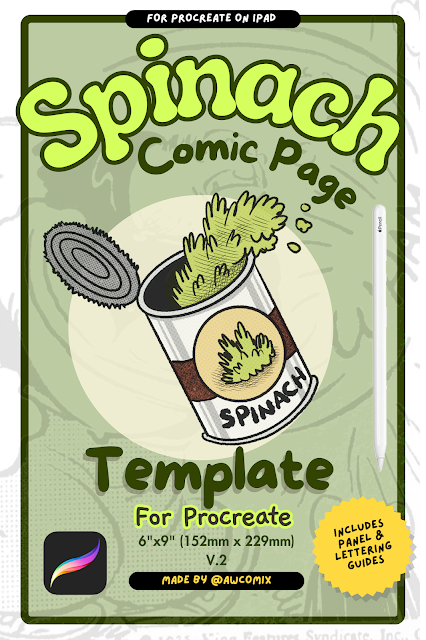Making an ePub (Part One)
Around 2015 I started dabbling with making epubs. My interest was in making ebook comics and being able to distribute and sell them in bookstores around the worlds. After some initial trials I ended up publishing both George Bloop and Imagined Mysteries. It was a fun experience but I got busy with other projects and put it to the side.
Fast forward to 2020 and I start working on my first all-digital full colour comic called Bored in Space. The comic itself was an experimental venture on many fronts. I wanted to make something in full colour without worrying about how I was going to eventually point it. The way I saw it I had three options
- Get it published (easier said than done, and not for me to ultimately control)
- Post it to the web (There's some options out there, but the platforms that people would read them on, like Instagram, aren't great for reading ongoing comics)
- Publish an ebook
The more I thought about it the more I liked the idea of self publishing an ebook.
With an ebook I have,
- Full control over how it looks (Cover art, full colour, full page artwork etc)
- It can be read as a book (instead of jumping around on a website or social media profile)
- It could be collected, (as in people can follow issues as they come out)
- I can sell it (I believe in offering free options, but I also believe in artists being fairly compensated for their work)
Now I just had to relearn how to make an epub. I wasn't looking forward to hand coding them. Later that would turn out to be fun, but going in I was nervous about making a rock solid file that didn't bug out on different devices.
Not only that it wasn't just making an epub, but a fixed layout epubs. Epubs are designed to be reflowable, but a comic isn't reflowable, a page is a page, and is meant to be read in the exact way the artist put it on the page. Fixed layout epubs therefore present the page in a fixed manner. Exactly what you want when it comes to comics. Because of this, finding accurate information on making fixed layout epubs proved difficult. There were two types of information I could find. Specification documents (Which I found it hard to wade through) and information on making them using InDesign.
I started thinking about Adobe InDesign as you can layout a book and export it to both PDF and fixed layout epub. I didn't have access to the software except for booking a computer at media studio in my local library. While handy, it can be difficult to pick up the necessary skills when you can't just noodle on it at home. Then I recalled that Apple pages had added fixed layout epub export around 2018, I could use that...






Comments
Post a Comment